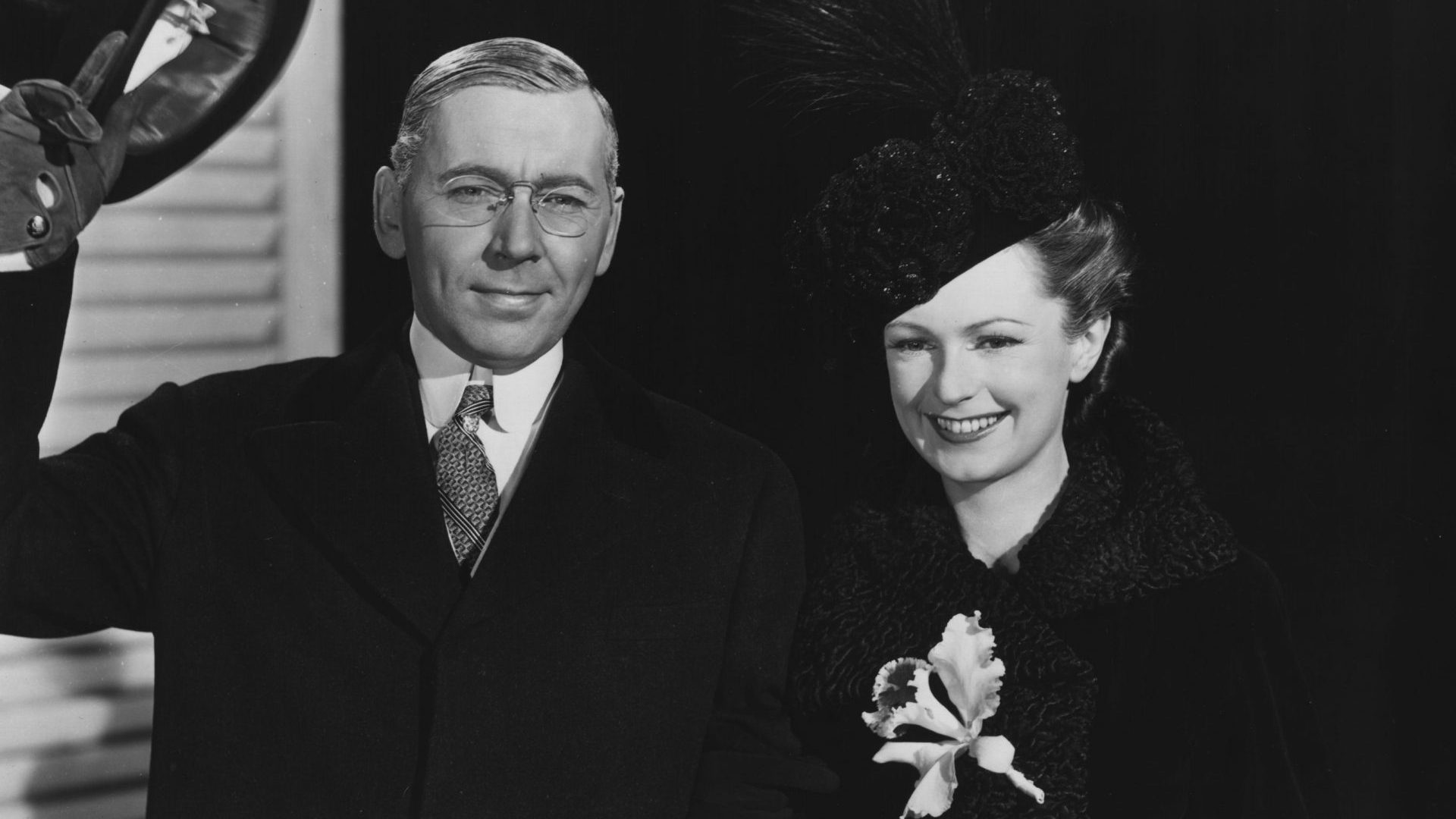Last week’s Joe Biden/Donald Trump debate was not the first time that two men who knew the experience of sitting behind the Resolute Desk in the Oval Office had come together to argue over America’s future.
In the presidential election of November 5, 1912, Democrat Woodrow Wilson – who went on as Potus to lead America through the first world war and help found the League of Nations – defeated sitting president William Howard Taft.
This happened partly as a result of the split within the Republican Party, a rupture led by former president Theodore Roosevelt, aka “Teddy” (the Teddy Bear was named after this conservationist president, by the way).
Roosevelt had founded what he called the progressive wing of the Republican Party.
Back then it was Republicans and not the Democrats who were considered the progressives.
These progressives’ opposition to the Republican Party establishment was knock-down-drag out (Roosevelt was such an aggressive guy that it was said, after he had died in his sleep, that even death was too scared to take him head on).
But Wilson, by founding the League of Nations etc partly obscured the Democratic Party’s reason to exist as a driving force behind racial segregation in the South.
All good, exciting stuff and great movie fodder.
I could be wrong, but I cannot recall whether the Taft-Roosevelt debate or that rupture of the GOP features in Wilson (dir Henry King, 1944), one of the most boring films in cinema history.
It was not meant to be that way.
The passion project of Darryl Zanuck, it became 20th Century Fox’s most expensive film up to that date. Sprawling, ambitious, screaming colour, it is a kind of gift to Wilson’s prodigy, the sitting president of the time, Franklin D Roosevelt.
Wilson exists because Zanuck wanted it. He adored the first world war president.
Starring Alexander Knox, who won an Oscar nomination for best actor, this film sits along with Meet Me in St. Louis (dir Vincente Minnelli), also produced in 1944 and also filmed in Technicolor.
Wilson was meant to give Americans a patriotic lift during a dire period in which many thought that the war would never end. Wilson was considered so boring that Churchill made his excuses and went to bed in the middle of it – even though it was screened especially for him.
So actually what you recall about Wilson is not its subject – but its screaming Technicolor.
Technicolour was a private company, with private cameras whose colour director, Natalie Kalmus, ruled the studios.
Kalmus literally told studios what colours to use. She was right there on set.
Her bible went something like this:
Blacks and dark browns were for depression; grey was the lifting of depression and maybe the beginning of hope. Red was sex, life. Scarlet was an exaggeration of red; green is fresh spring time. Purple is royalty, dignity, glory; orange is physical strength and spiritual affections.
That is pretty much what you get from Wilson, along with its school book depictions.
Meet Me in St. Louis, starring Judy Garland, also screams Technicolor, but it also shows us what big studio wartime movies can do.
How they can live beyond their lifetime.
What would Kalmus have done with the movie version of Joe Biden’s and Donald Trump’s showdown?
The answer to last week’s quiz: the late great Donald Sutherland used an Irish accent in The Eagle Has Landed.
This week’s quiz: Alexander Knox, the star of Wilson and also a Canadian like Donald Sutherland, played Control, the head spy in the BBC classic television version of Tinker Tailor Soldier Spy. It began its run on US TV at the end of September 1980.
Knox’s political nemesis after the second world war also won a big role a few weeks later. Who was that?




